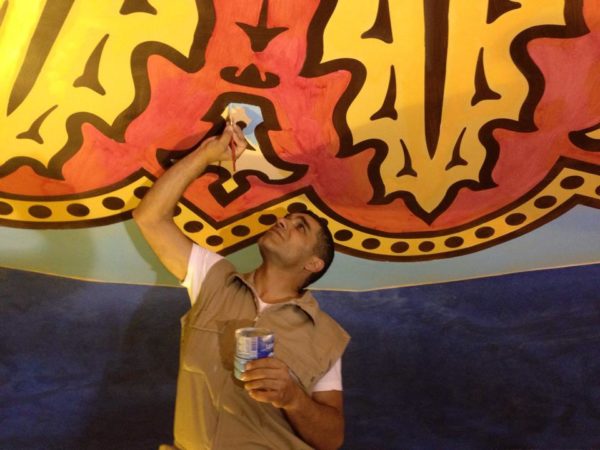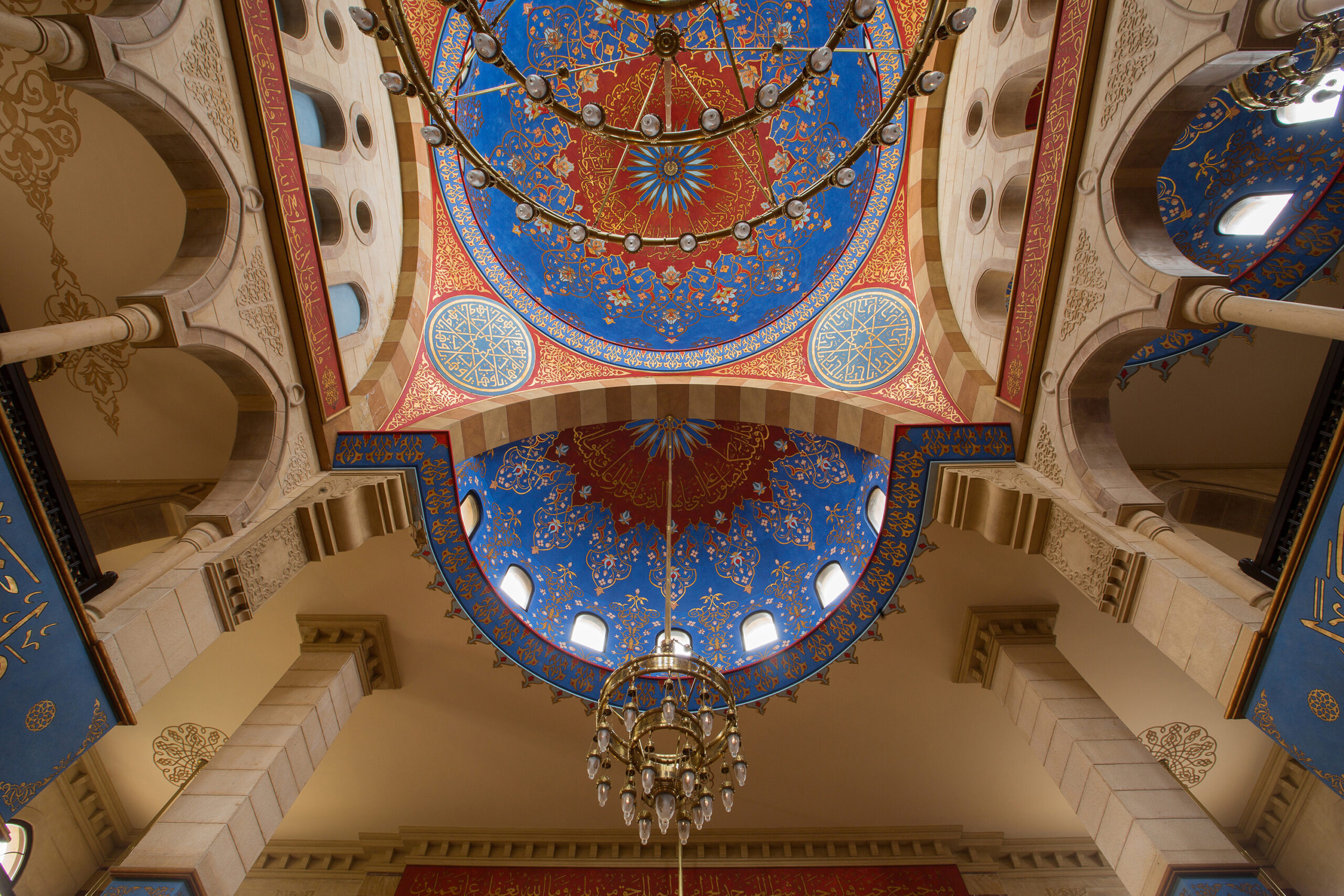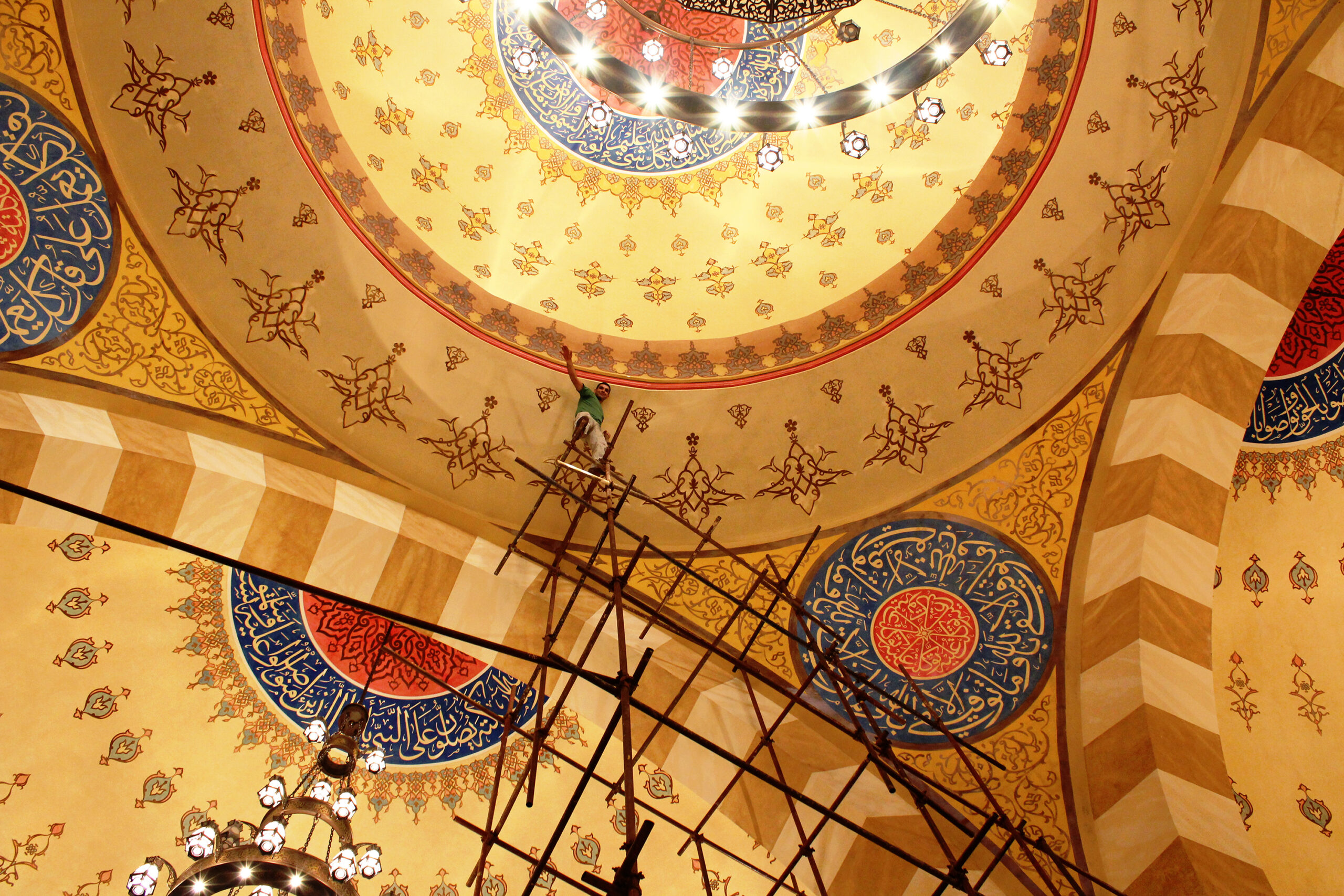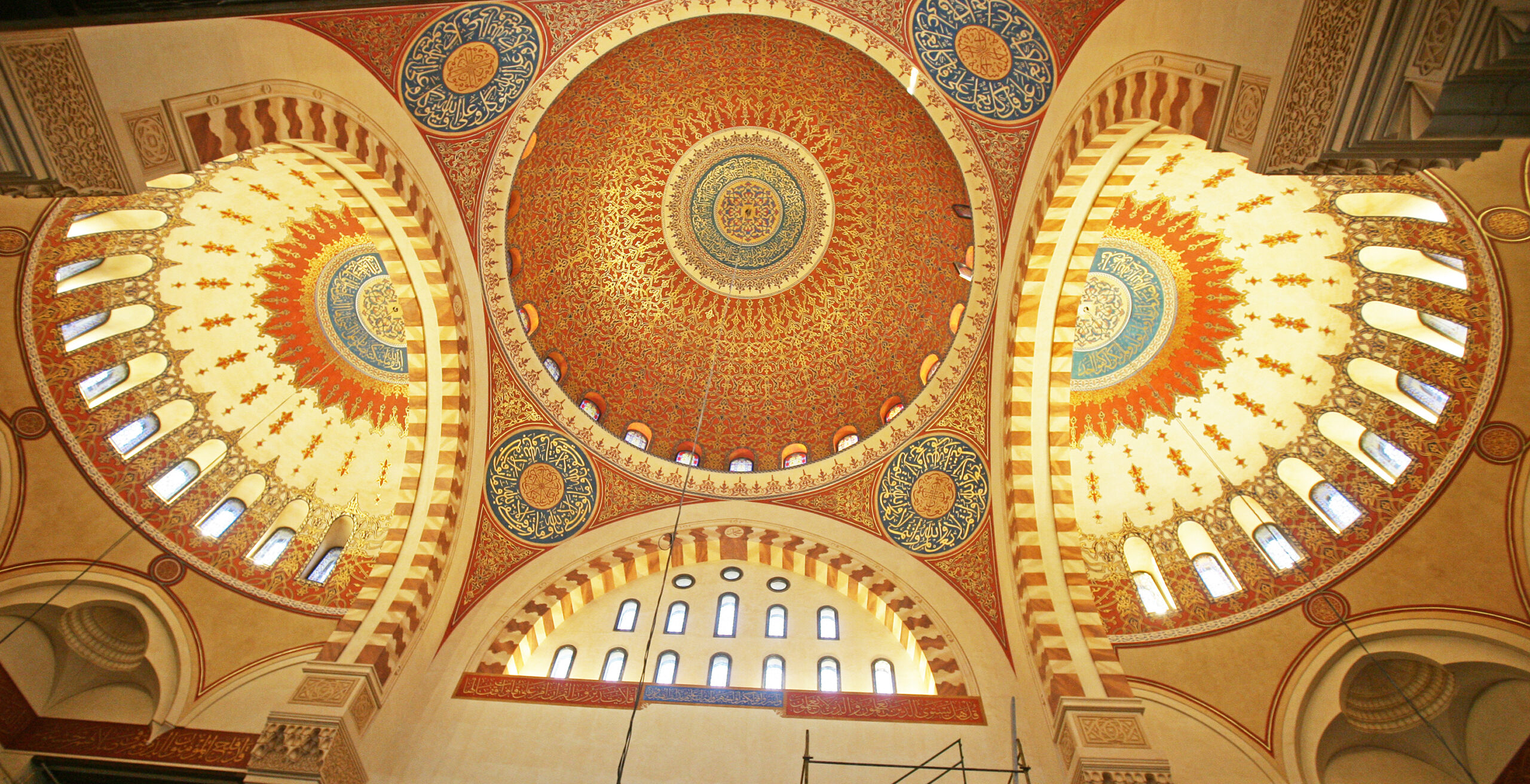The Humble Gift: The Work of Lebanese-Armenian Artist Harout Bastajian

By Yaara Aleissa / Arab America Contributing Writer
Inside the mind of the artist
A civil war in Lebanon and a need for solace and quietness becomes a move to the countryside, escaping the war-torn cities. Yet, it’s not just an escape from location but an escape of mind. On this side of the country, there was more time for thoughts to flow freely and absorb the details of nature.
A tree was no longer defined only by its brown bark and green leaves. It was every aspect from the roots that held it upright. Deep within the soil as it grew from seed to leafling. To the years it spent growing in height and strength. The tree defined time as it stands in one place. Overtaken by the changes of the seasons, painting a portrait of various colors. Each of its different shades came together on a single palette. Absorbed by a canvas that was not only seen but felt by its observers.
This is the talent of Lebanese-Armenian artist Harout Bastajian. Growing up, Bastajian had an artistic mind that he had the chance to deepen through nature. When in nature, he describes a sense of power.
“I could be the harmony of creation and [noticing] the beauty of all the details. I went so much, deep into the details,” Bastajian expressed.
Art education
Bastajian’s interest in art never ceased. During his school years, he had the chance to participate in workshops in pursuit of learning more about art; “My brain was like a sponge,” he describes. In those workshops, Bastajian began working on detailed furniture work and over time the door opened to his bigger projects.
Art continued to grow with Bastajian into his higher education. He attended Norte Dame University in Zouk Mosbeh, Keserwan studying interior design alongside Islamic Art at the Lebanese American University in Beirut. His diverse art background molded Bastajian into an artist with unique perspectives, making him a well-sought-after artist around the world.
Requests for projects began in his early twenties, while he was still a university student. His first project was on a mosque, with a 2,200 square foot dome and about 12 stories high. At the time, the client didn’t have anyone else who could do it.
“The client asked me, ‘Can you overtake this project?’ and I was like, ‘Yeah, for sure I can do that.’ I spent that night, I couldn’t sleep, thinking ‘How can I do that?’” Bastajian recalled the memory.
Preparing for projects
However, even a challenge as large as this didn’t stop Bastajian. His work persevered despite having a small team for such large-scale projects — and the results were impeccable. To take on such a task required him to consider a multitude of factors which ultimately center around “the golden ratio.”
“It [The Golden Ratio] confirms the handprints of a Great Creator who’s beyond our perception of time, matter, and space,” Bastajian shared recently at an art workshop he hosted with the University of Michigan.
In Bastajian’s work, there are different mathematical calculations regarding the domes because the viewer’s point of vision is vastly different than when he’s up close, painting the artwork. The most astonishing part, which goes unnoticed by art viewers, is that Bastajian doesn’t see his work until he’s done. He works on a large scaffold where he is up close to his work and once he steps down the unveiling begins and there’s no starting over. This in turn makes the preparation for these projects increasingly more important.
“I do lots of sketches. I take the measurements and spend time there and amazingly, it takes exactly the same time, the preparation time for the project, takes exactly as much time as the execution,” Bastajian said.
The final product
To date, Bastajian has worked on 42 domes and that count continues to rise. His work has taken him to the Persian Gulf, Africa, Europe, and ultimately where he is today, in the US. But he shares all of these accomplishments humbly; “I thank God I got this opportunity,” Bastajian says.
As the financial crisis in Lebanon continued, Bastajian ultimately made the decision that was best for his family. Alongside, came the benefit of having a project ready for him in Dearborn, Michigan at the Islamic Center of America where his work left a lasting imprint. Working on mosques but not being Muslim himself, Bastajian who is a Christian showcases the beauty of interfaith relationships and interactions.
The artist’s relationship with art
When he moved to Dearborn, he found his home with the Lebanese and Arab communities, and some ended up being part of his art team. However, the project at the Islamic Center of America, which would’ve cost around $200,000, was completed free of cost.
This experience was something Bastajian shied away from discussing, explaining this as something he did between him and God before the story came out publicly. But ultimately this gracious act came down to one thing:
“At a certain point, I wanted to thank God for all the blessings I have in my life and I contacted them and told them that I want to come and dedicate my time and help you bring this project for no charges” Bastajian shared.
Currently, Bastajian can be found at the Islamic Institute of Greater Detroit in Rochester, where his project is in its last stages. But alongside this, he has smaller projects that occur around the city. Even in his home, he is working on customized mihrabs (walls that designate the direction of the Kaaba) with his family that allows buyers to have designated prayer rooms in their homes.
The future of Bastajian’s work is continuous. His energy is not nearly ceasing as he remains committed to the passion of art which becomes a gift to any viewer, one which Bastajian shares humbly.
Check out Arab America’s blog here!











